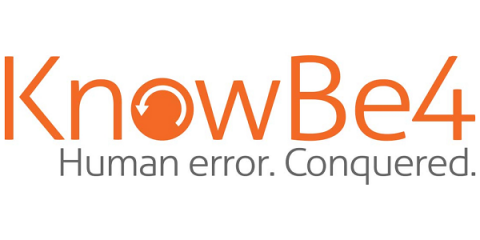Major Scam Operation Uses Deepfake Videos
Researchers at Palo Alto Networks’ Unit 42 are tracking dozens of scam campaigns that are using deepfake videos to impersonate CEOs, news anchors, and high-profile government officials. Unit 42 believes a single threat actor is behind the scheme. The researchers discovered hundreds of domains used to spread these campaigns, each of which has been visited an average of 114,000 times. The goal of the operation is to spread investment scams and fake government-sponsored giveaways.




